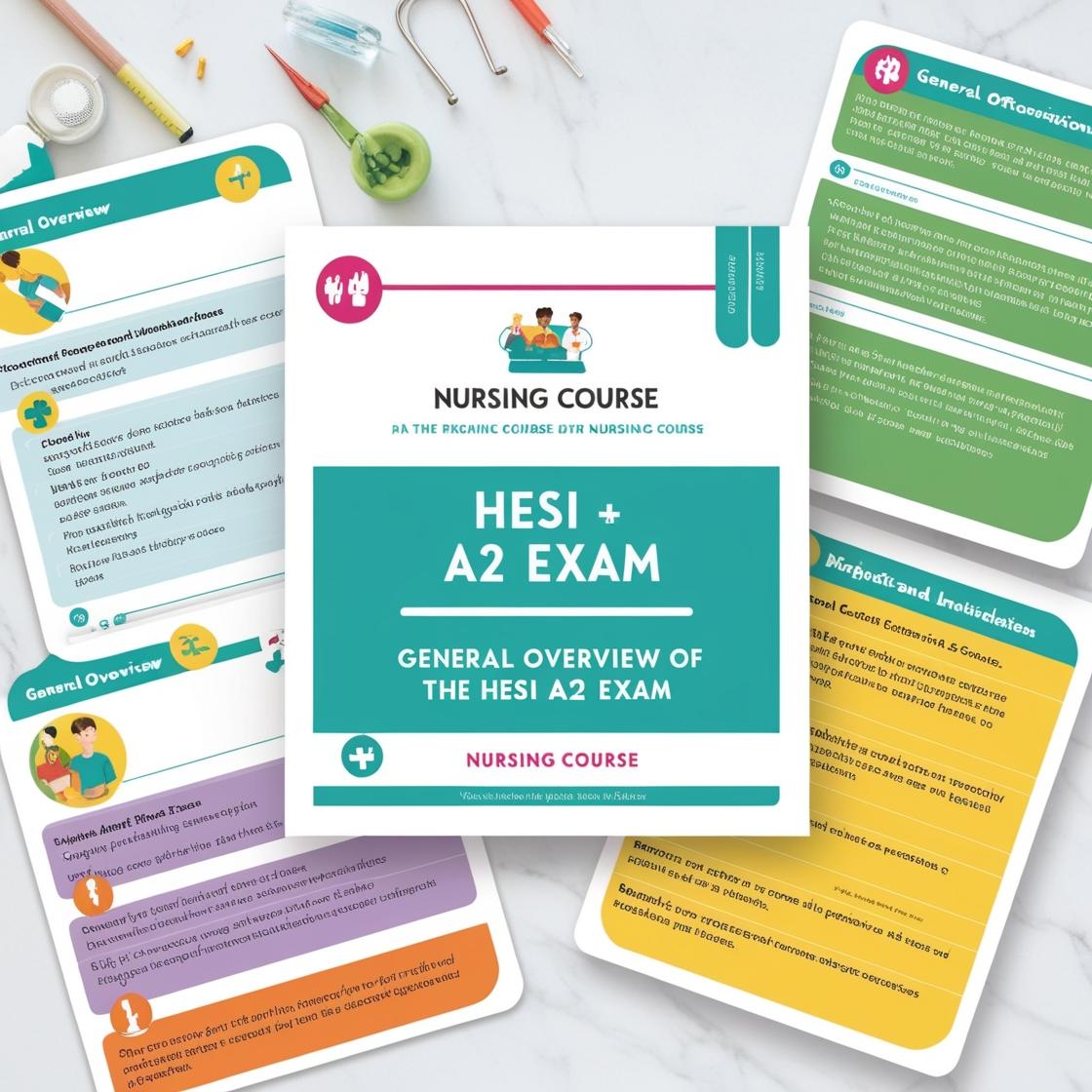HESI A2
HESI A2 Chemistry Practice Test
1. What is a balanced equation?
- A. A description where reactants and products are not equal
- B. An equation where the number of each type of atom is the same on both sides
- C. A chemical formula showing only reactants
- D. An equation without coefficients
Correct answer: B
Rationale: A balanced equation is one where the number of each type of atom is the same on both sides, fulfilling the law of conservation of mass. This principle ensures that the total number of atoms of each element is equal in both reactants and products, signifying that no atoms are created or destroyed, but rather rearranged. Choice A is incorrect because a balanced equation has equal numbers of atoms in the reactants and products. Choice C is incorrect as a balanced equation includes both reactants and products. Choice D is incorrect because coefficients are essential in balancing equations by adjusting the number of atoms present.
2. Which bonds involve a complete sharing of electrons and occur most commonly between atoms that have partially filled outer shells or energy levels?
- A. Covalent
- B. Hydrogen
- C. Proportional
- D. N/A
Correct answer: A
Rationale: The correct answer is A: Covalent. Covalent bonds involve a complete sharing of electrons between atoms, typically atoms that have partially filled outer shells or energy levels. This sharing of electron pairs results in a stable configuration for both atoms involved in the bond. For example, diamond is strong because it involves a vast network of covalent bonds between the carbon atoms in its structure. Choice B, Hydrogen bonds, involve a partial sharing of hydrogen atoms rather than a complete sharing of electrons. Choice C, Proportional bonds, is not a recognized term in chemistry. Choice D, N/A, is not a valid option for this question.
3. When elements with low electronegativity (almost empty outer shells) react with elements with high electronegativity (mostly full outer shells), they tend to transfer electrons from the low electronegative element to the high electronegative element. This transfer results in the formation of what type of bonds?
- A. Hydrogen
- B. Covalent
- C. Ionic
- D. Nuclear
Correct answer: C
Rationale: The correct answer is C: Ionic. When elements with low electronegativity (almost empty outer shells) react with elements with high electronegativity (mostly full outer shells), they tend to transfer electrons from the low electronegative element to the high electronegative element. This transfer results in the formation of ionic bonds, where one element becomes positively charged (cation) and the other element becomes negatively charged (anion). Ionic bonds are formed through the attraction between these opposite charges, leading to a strong bond between the two elements. Choice A, Hydrogen, is incorrect because hydrogen is not involved in the described electron transfer process to form ionic bonds. Choice B, Covalent, is incorrect because covalent bonds involve the sharing of electrons between atoms, not the transfer of electrons as seen in the formation of ionic bonds. Choice D, Nuclear, is incorrect as nuclear bonds are not a recognized type of chemical bond. Therefore, the most appropriate answer is C: Ionic bonds.
4. Bonds involve electrons that are not equally shared, and may be deemed as an intermediate between the extremes represented by and bonds.
- A. Ionic bonds
- B. Covalent bonds
- C. Chemical bonds
- D. Polar bonds
Correct answer: C
Rationale: Chemical bonds involve electrons that are not equally shared, and may be deemed as an intermediate between the extremes represented by covalent and ionic bonds. This is the most accurate statement among the choices as it correctly describes the nature of chemical bonds, highlighting their intermediate position between covalent bonds (where electrons are shared) and ionic bonds (where electrons are transferred). 'Ionic bonds' (choice A) are not the correct answer because they represent a type of chemical bond where electrons are transferred, not shared. 'Covalent bonds' (choice B) are not the correct answer either because they represent a type of chemical bond where electrons are shared equally. 'Polar bonds' (choice D) are not the correct answer as they involve an unequal sharing of electrons but do not represent the intermediate position between covalent and ionic bonds as chemical bonds do. Therefore, the correct answer is 'Chemical bonds.'
5. What type of bonds involve an especially strong dipole-dipole force between molecules and are responsible for the unique properties of water and pin DNA into its characteristic shape?
- A. Oxygen links
- B. Hydrogen bonds
- C. Dipolar bonds
- D. N/A
Correct answer: B
Rationale: Hydrogen bonds involve an especially strong dipole-dipole force between molecules. These bonds are responsible for the unique properties of water, such as its high surface tension and ability to form droplets. Additionally, hydrogen bonds help hold DNA strands together in its characteristic double helix shape, playing a crucial role in DNA structure and stability. Choice A, 'Oxygen links,' is incorrect as it does not accurately describe the type of bonds involved. Choice C, 'Dipolar bonds,' is also incorrect as it is a generalized term and does not specifically refer to the bonds described in the question. Choice D, 'N/A,' is irrelevant and does not provide an answer to the question.

Access More Features
HESI A2 Basic
$89/ 30 days
- 3,000 Questions with answers
- 30 days access
HESI A2 Premium
$129.99/ 90 days
- Actual HESI A2 Questions
- 3,000 questions with answers
- 90 days access
